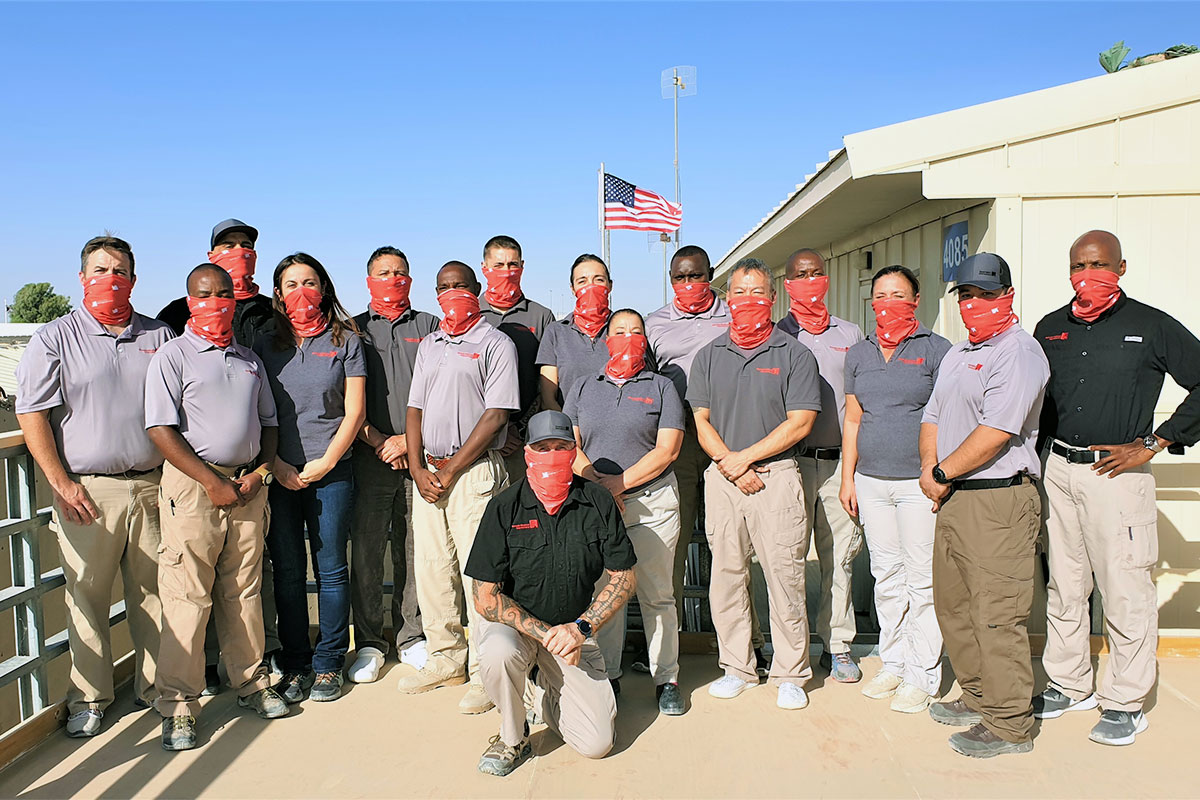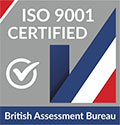
Tired though he might have been, Adam took the time to sit down with me last week and talk about how he became a Wilderness Medicine Instructor at Remote Medical International. While spending time in Ecuador during college, Adam was amazed at the diversity of ecosystems that existed in such a small geographical area. “After that experience, I really wanted to mirror the diversity of the wilderness I had found there somewhere in the U.S.†A native of Austin, Texas, Adam settled on the Pacific Northwest. “It was the only place that had the range I was looking for. From the coast to the rainforest to the glaciers, in Washington, I found it all.â€
Adam joined the North Cascades Institute four years ago working with youth groups on educational and canoeing trips. “It was the perfect base camp and I wanted to get into mountaineering and get on and near glaciers.â€
Adam quickly found that his lack of medical skills limited his forays into the wilderness. What if something happened out there? That brought him to Remote Medical International’s Wilderness First Responder (WFR) course.
After taking his WFR, Adam found that medical education and exploration went hand in hand. “It was a cycle,†he said. The farther out he went, the more training he wanted. That led Adam back to Remote Medical International and the Wilderness EMT (WEMT) course.
It wasn’t long after getting his WEMT that Adam joined the Remote Medical International team as an instructor. When I asked him what his favorite part of teaching was, he answered: “The most remarkable part of teaching classes to the groups of individuals that we teach to, in the way that we teach, is that moment on day 9 of a WFR where you think, if I were to get hurt out there, I sure hope one of these students comes across me.â€
When Adam isn’t teaching or climbing you’re most likely to find him outside. Adam was headed for an urban farm after we spoke. “I am always looking for ways to use resources more efficiently and get more people to connect with the environment and where their food comes from.â€
Check out the rest of the Remote Medical International staff on the staff page and keep checking the blog for the next staff profile.


